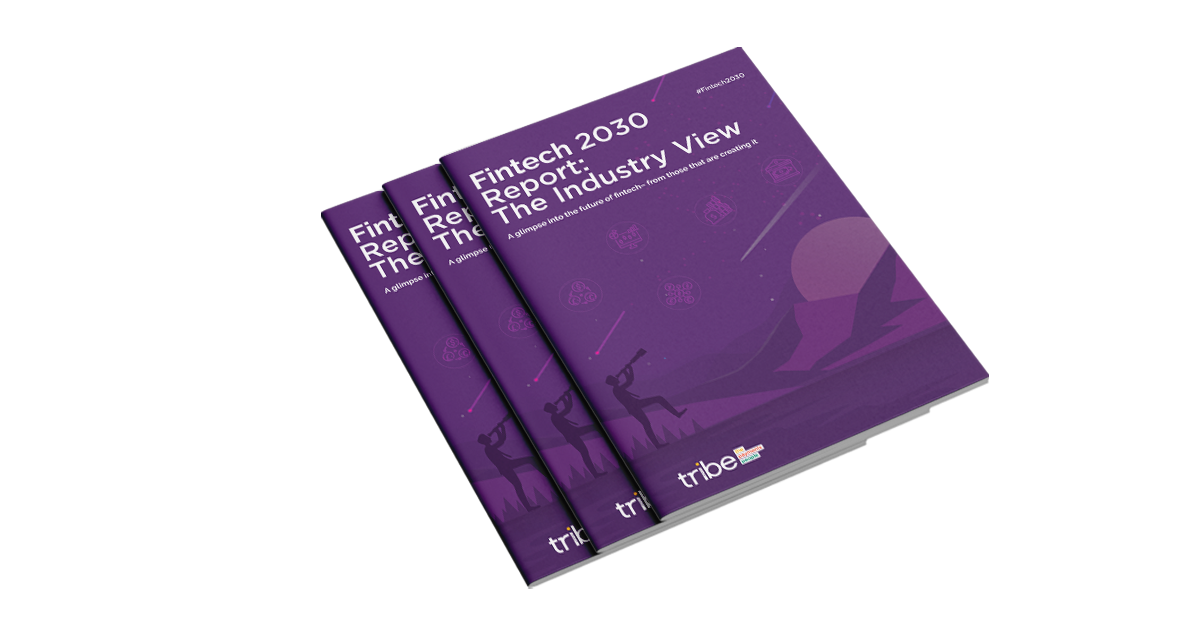Fintech funding to flow to embedded finance players
Embedded finance means that fintech — just like the ‘internet’ — will no longer be a discrete category and will become increasingly verticalised, says Matthew Harris, Partner at Bain Capital
Before delving into market predictions of what fintech investment in 2030 will look like, it’s worth summarising the state of fintech in 2020.
 Before delving into market predictions of what fintech investment in 2030 will look like, it’s worth summarising the state of fintech in 2020.
Before delving into market predictions of what fintech investment in 2030 will look like, it’s worth summarising the state of fintech in 2020.
Fintech currently consists of four primary subsectors — payments, lending, insurance, and investing. Until now, most fintech products have merely brought these long-existing financial services online, with the added benefits of increased acquisition, accessibility, and use.
Competition for these products has mostly been playing out between large incumbent companies such as banks that offer distinctly financial services and startups developing improved alternatives, with a subset of the latter selling tech-enabling software to incumbents so they can remain competitive. This landscape, which developed rapidly following the financial crisis of 2008, has conformed to a familiar paradigm: Incumbents are bad, their startup counterparts are better.
What we are beginning to see is a new set of software companies that don’t define themselves as “fintech” at all but embed financial services within their offerings to attract and retain customers.
The resulting connectivity to the client enables these companies to continually develop novel functionality tailored to their customers’ needs while minimising risk. It also creates natural cross-sell opportunities, reducing customer acquisition costs and increasing monetisation.
Taken together, these advantages are forcing both financial institutions and “pure” fintech companies to compete with companies across vertical sectors. So far, this has played out most obviously in payments. Take, for example, Shopify. Shopify is a $130 billion software company that markets itself as a service for merchants setting up ecommerce websites.
Yet, 59% of Shopify’s 2019 revenue came from payments. The company has further embodied the concept of embedded finance through its new products such as Shop Pay, an accelerated checkout experience, and Shopify Capital, a small business loan. These added fintech offerings have served to solidify Shopify as the primary partner for its customers. Shopify’s success is part of a larger market trend: In 2019, 10% of credit card payments in the U.S. were distributed through an “integrated payments channel” – that is, merchant payments that are sold and managed through software companies rather than traditional payments companies.
That segment is growing at 2X the rate of the overall market, with analysts estimating it will hit 40% of the payments market in the medium term.
These current market realities lend themselves to a number of predictions for the coming decade:
1. The appetite for bundled embedded fintech product will continue to grow
Particularly among SMBs, which typically have limited resources and will increasingly turn to companies offering full-suite solutions with financial capabilities. One such example is Squire, an all in one platform for barber shops. Squire not only offers a comprehensive software suite, including bookings management, scheduling, pricing analyses, but also acts as the point of sale system for the mom and pop barber shop. In ten years, it is likely that such one-stop solutions with will be the market standard.
2. The empowerment of enablers driving embedded fintech
Beyond backing companies embedding financial technology components, venture capitalists will increasingly turn to the enablers of this trend. In the world of payments, we’ve seen infrastructure players such as Finix, Infinicept, and others enabling software companies to become payment facilitators (“payfacs”). These infrastructure players enable software companies to become payments companies without needing to hire a 10+ person team and spend millions of dollars in set up fees. In lending, there will be a wave of lending-as-a-service infrastructure players.
Companies such as Wisetack today enable software companies, mostly in home verticals today, become lending companies. Over the next decade, Wisetack and other companies will expand across verticals to enable software companies of all types to offer lending products to their end customers.
We’re further seeing this trend, though in early days today, happening in insurance. As the data a software player has access to can be helpful in both underwriting and understanding losses, players such as Boost Insurance have entered the scene to enable software companies become insurance companies.
As financial services continue to embed within the marketplace at large, it will become harder — and ultimately moot— to squarely categorise fintech as its own distinct sector, just as no one today talks about the Internet as a discreet market. While this may initially feel disorienting, we look forward to seeing how this era’s entrepreneurs transform today’s transactions into intelligent relationships
Discover more about the future of fintech by reading our new Fintech 2030 Report, where 14 other leaders share their views on the future of their sector >






.png?width=137&height=90&name=Payments%20Awards%20(1).png)


.png)